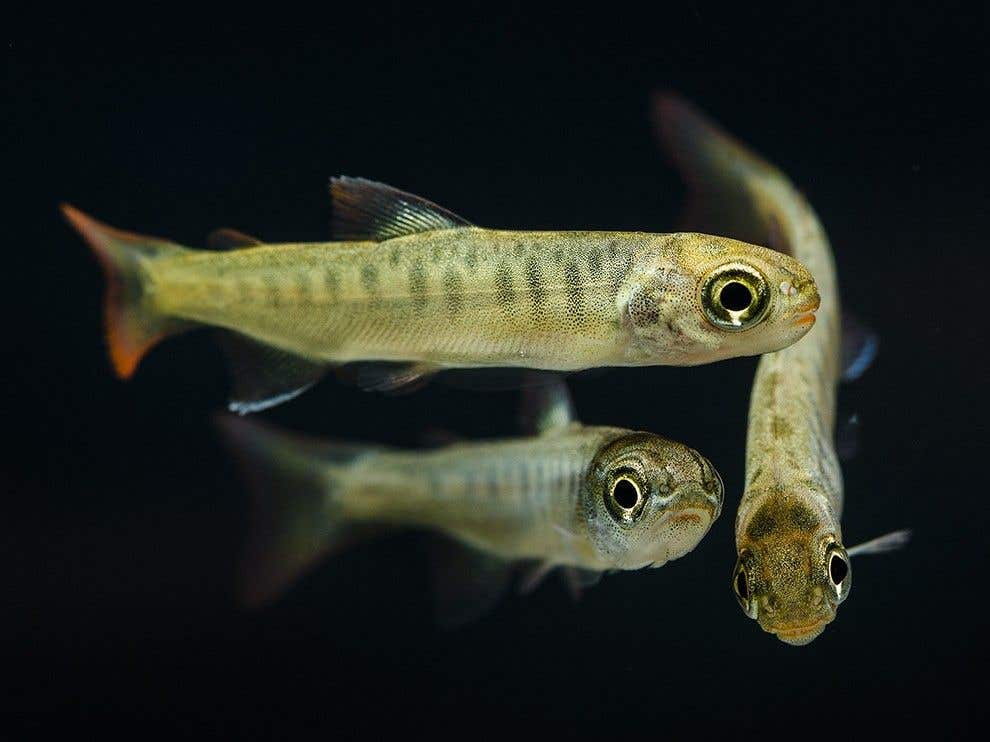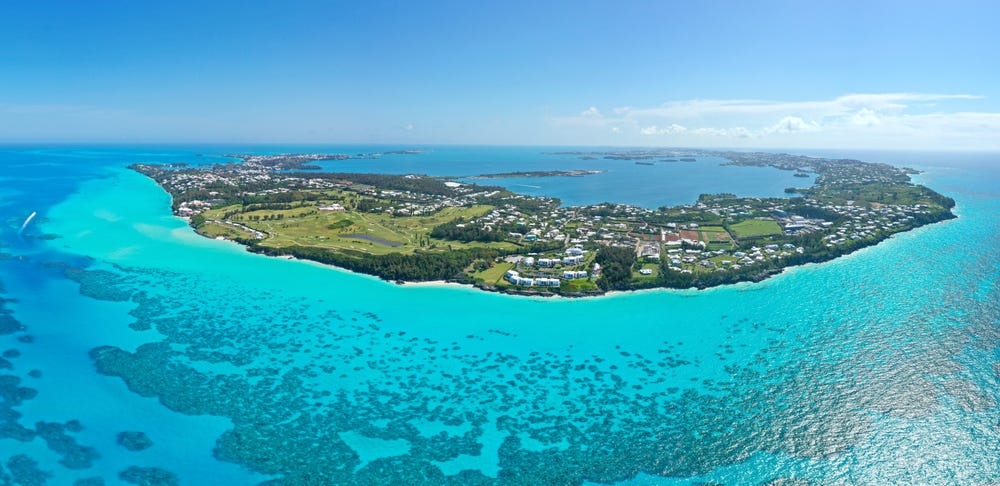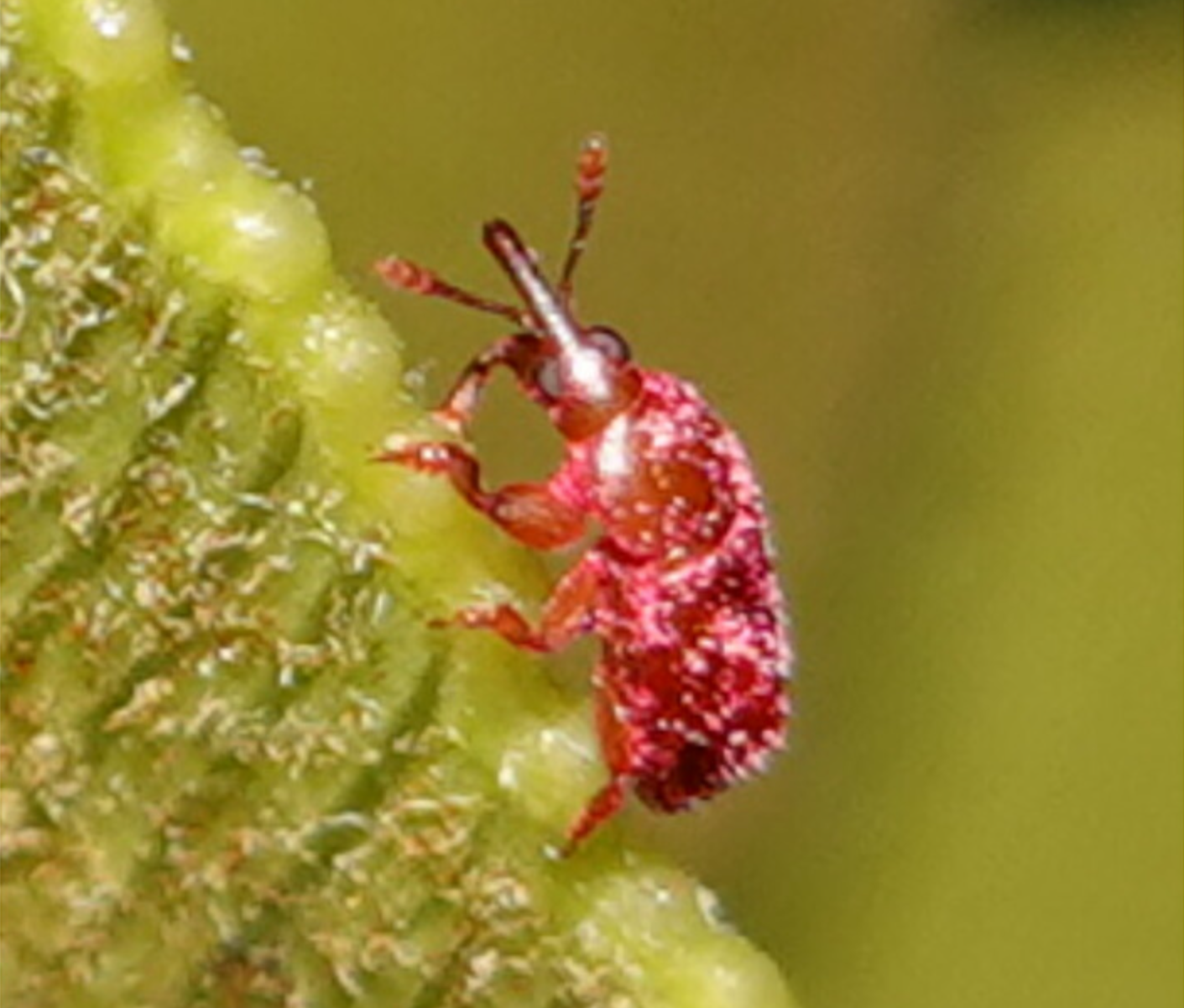Bacteria-free salmon can make all fish more disease resistant
This breakthrough allows researchers to investigate the relationship between bacteria and fish, leading to prevent fish from getting sick.

[May 2, 2023: Staff Writer, The Brighter Side of News]
Bacteria have a significant impact on our health, not just in negative ways. (CREDIT: Creative Commons)
Bacteria have a significant impact on our health, not just in negative ways.
Before birth, we live in a protected environment, possibly free from germs. However, this changes once we are born, and our bodies normally contain trillions of bacteria – a number so vast it has 15 zeros. This is true for all living organisms.
Breeding bacteria-free fish fry is a critical pursuit for researchers. According to Ingrid Bakke, a professor at NTNU's Department of Biotechnology and Food Science, the team has successfully maintained the fry's bacteria-free state for up to 12 weeks after hatching.
This breakthrough allows researchers to investigate the relationship between bacteria and fish, which could lead to the development of methods to prevent fish from getting sick. This finding holds immense promise for the fishing industry, our food supply, and, most importantly, the fish themselves.
The researchers have focused on studying how bacteria impact fish growth, genes, and mucous membranes. By better understanding the interaction between bacteria and fish, researchers could potentially create a method for preventing fish from becoming ill, which would benefit the fishing industry and our food supply.
Related News
Before diving into the details of how bacteria and fish interact, it's essential to have some background knowledge about the bacteria that exist in our bodies.
According to Bakke, "Many of our bacteria are essential for the proper functioning of the human body. They play a role in the development of our immune system, aid in digestion, increase the energy we get from our food, protect us against harmful bacteria, and produce essential vitamins."
Understanding the workings of our bacterial companions becomes more important with each of these vital roles.
So how do scientists conduct this research?
Bakke explains that much of our understanding about how bacteria impact their host organism comes from experiments conducted on model systems. Essentially, model systems are living organisms that are easily studied in the laboratory to examine biological processes. These organisms are typically easy to breed, maintain at a low cost, have a long lifespan, and possess genetic traits that can be easily manipulated, among other advantageous features.
Researchers at the Norwegian University of Science and Technology (NTNU) have been able to keep salmon fry bacteria free for as long as 12 weeks after they have hatched. (CREDIT: Alexander Fiedler, NTNU)
The specific characteristics that researchers look for in a model organism typically depend on the specific research goals. Common model organisms include zebrafish, banana flies, and various types of mice and rats, which are well-known for their use in research.
Bakke and her team have chosen to study a different species this time around: Atlantic salmon.
During the yolk sac phase, which is a stage in their development, salmon fry rely on a pouch called the yolk sac for their nutrition. Bakke explains that his team has devised a model system to maintain the yolk sac of salmon fry free from bacteria throughout this 12-week period.
Fish eggs are usually free from bacteria during the egg phase, but they quickly become colonized by bacteria after hatching. Unlike other salmon, bred fry lack a natural bacterial community.
Researchers from the Norwegian University of Science and Technology (NTNU) are culturing salmon fry in a bacteria-free environment so they can later expose the fish to different kinds of bacteria to see what happens to the young fish. (CREDIT: Alexander Fiedler)
Salmon and research
To produce bacteria-free salmon fry, the researchers raise the fish in a protected, germ-free environment, which is a standard approach. The research team has developed an effective and efficient method that is suitable for both salmon eggs and fry.
Bakke says, "We treat the surface of the fish eggs to ensure they remain free from bacteria and we keep the eggs and later the fry in water that is free from bacteria."
The ability to produce bacteria-free fry is critical for the research group to investigate them further.
Utilizing bacteria-free fry allows researchers to have a clean slate for experimenting with specific bacteria and studying their effects without the interference of unknown bacteria.
Bacteria-free model systems play a critical role in comprehending the interactions between bacteria and their hosts, such as how gut microbiota influence the growth and well-being of humans and other mammals, according to Bakke.
Microbiota refers to all microorganisms found within the human body or specific body parts.
Bakke explains that by using defined bacteria and bacterial communities, researchers can study the impact of coexistence on both the host and bacteria.
By examining the factors that govern the composition of bacterial flora in fry, researchers can determine how to avoid negative effects and potentially introduce positive ones in fish.
Salmon fry possess unique characteristics that make them ideal for research, despite the widespread use of zebrafish as a model system. According to Bakke, the fry's large size and advanced development make them easier to study.
Additionally, the fry phase's duration allows researchers to conduct various types of experiments. Since the fry receive their nourishment from the yolk sac, adding fish feed that may disrupt research results is not necessary. As a bonus, the fry are aesthetically pleasing.
Bacterial impact on salmon
The researchers have only published one article about their findings thus far, but there are more to follow. Their initial publication reveals that bacteria have an impact on the protective skin mucus layer of fish.
Bakke explains that salmon possess a protective mucus layer on their body's surface, and the makeup of bacteria may influence the characteristics of this layer.
Fry that were not exposed to bacteria had a thinner outer mucus layer than those that received bacteria from the researchers' hand-picked selection or from a lake.
Moreover, the bacteria have the potential to affect the fish's fat reserves, with fry that received bacteria from a lake exhibiting higher fat reserves.
To explore the impact of bacteria on the fish's mucus layer, the researchers needed multidisciplinary expertise. Researcher Sol Gómez de la Torre Canny played a critical role in creating the germ-free model system using yolk sac fry.
Finally, researcher Catherine Taylor Nordgård, an expert in rheology, characterized the properties of the mucus layer that covers the fish.
Treating fish in the future
The researchers aim to comprehend the mechanisms that impact the bacterial communities that inhabit newly hatched fish. Bakke explains that their focus is to examine how these communities safeguard against bacterial infections and if it is feasible to manipulate their early colonization in fry.
If successful, probiotic treatment would involve the addition of live microorganisms to fish to elicit favorable outcomes like enhanced growth and better health.
Nevertheless, Bakke cautions that implementing probiotic treatment on a massive scale is still a distant prospect. While a probiotic product called Stembiont is already available for larger fish in Norway, further research is required for its broader application.
FRIPRO funding from the Research Council of Norway is backing the research.
For more science and technology stories check out our New Discoveries section at The Brighter Side of News.
Note: Materials provided above by The Brighter Side of News. Content may be edited for style and length.
Like these kind of feel good stories? Get the Brighter Side of News' newsletter.



